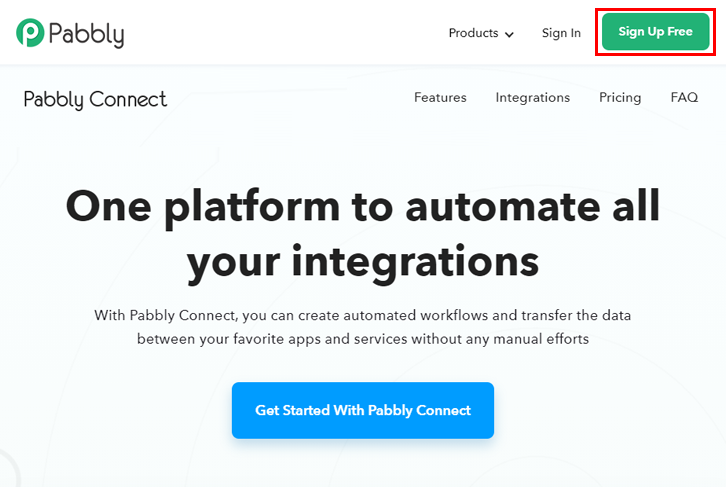Do you spend so much time finding a way to create GetResponse contacts from new Google Sheets rows in real-time?
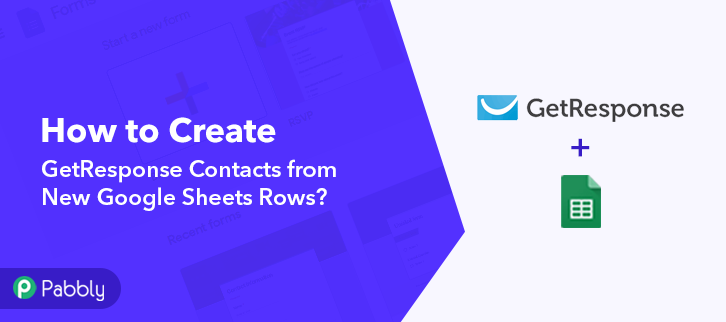
If that’s a case then no need to worry as we are suggesting a technique to integrate Google Sheets and GetResponse using Pabbly Connect.
But we know the question must be popping into your head like why there is a need of integrating Google Sheet and GetResponse? And the answer is by connecting both software you can transfer data automatically between them without any trouble.
Why Choose This Method Of Integration?
In contrast with other integration services-
- Pabbly Connect does not charge you for its in-built apps like filters, Iterator, Router, Data transformer, and more
- Create “Unlimited Workflows” and smoothly define multiple tasks for each action
- As compared to other services which offer 750 tasks at $24.99, Pabbly Connect proffers 50000 tasks in the starter plan of $29 itself
- Unlike Zapier, there’s no restriction on features. Get access to advanced features even in the basic plan
- Try before you buy! Before spending your money, you can actually signup & try out the working of Pabbly Connect for FREE
And In such cases, software like Pabbly Connect is a real help that lets you connect both the application without using a single line of code. Pabbly Connect lets you build seamless workflows for data transmission in real-time.
Not just this, you can create complex workflows with ease using its Multi-step call features. And it is the only automation software that doesn’t restrict on features by offering unlimited workflows, actions, triggers, and much more even in its free plan.
Here, in this article, we will understand how to create GetResponse contacts from new Google Sheets rows.
So, let’s begin the process.
Step 1: Sign up to Pabbly Connect
Intiate the process of connecting Google Sheet to GetResponse by clicking on the “Sign Up Free” icon on the Pabbly Connect dashboard. Subsequently, either fill-up the details manually or sign up using Gmail credentials.
Try Pabbly Connect for FREE
Further, after logging into the account, click on the “Access Now” button as shown in the above image. Start the process of building a workflow for integration by clicking on the “Create New Workflow” button. Moreover, add the name of workflow which in our case is “Google Sheet to GetResponse”. Nevertheless, you can always name the workflow according to your requirements. Next, after building a workflow, you have to choose the integration app to add Google Sheet entries as GetResponse subscribers. Pabbly Connect allows you to create unlimited actions within minutes, click here to sign up for unlimited workflows for free. The following step is to select “Google Sheet” from the dropdown, then choose the “New Spreadsheet Row” option to append data from the sheet into GetResponse. The following step is to copy the webhook URL which is appearing on the dashboard. To save subscribers in GetResponse, you gotta paste the copied Webhook URL in the sheet. But before that, you, have to install the Add-on named Pabbly Connect in your Google Sheet. The next thing to do is create a Google Sheet with basic details like first name, last name, and email address. You can select a sheet of your choice too. Further, in the add-on section, you have to click on the “Get add-ons” button to download the “Pabbly Connect Webhook”. After clicking on ‘Get Add-on’ a new window will pop-up. Here in the search bar look for Pabbly Connect Webhooks. Now just click on the install option and within seconds it will get installed into your Google Sheets. Now, when you click on add-ons, Pabbly Connect Webhook will appear there. Just click on it, it will open certain options, select “Initial Setup” to smooth the whole Google Sheet- GetResponse integration process. In addition, a window with two choices, the Webhook URL and Trigger Column, will appear when you press “Initial Set-Up”. In that segment, just paste your copied Webhook URL from Pabbly Connect and mention the trigger column as appropriate. To confirm the integration, then click on the ‘Send Test’ button. Before submitting a test message, make sure to press ‘Capture Webhook Response’ on the Pabbly Connect dashboard. When the test request is received, a message in red letters will indicate that the data has been submitted. This is the additional step you have to do, to ensure that every time new data added in the sheet it will automatically appear in your GetResponse account. For this, all you have to do is click on “Send on Event” in the “Add-On” option. The entry will appear on the ”Pabbly Connect “ dashboard as soon as you click on the “Send Test“ option. Next, click on the ‘Save’ button. To make Google Sheet and GetResponse integration work, you have to choose the action for your trigger. In addition, press the + icon to add an action to the trigger. Here we can pick “GetResponse” from the drop-down. Then choose the method “Create a New Contact”. Click on the “Connected with GetResponse” button after making all the necessary adjustments. In addition, the permission window will open asking for an API key for which you have to log in to your GetResponse account. To connect Google Sheet to GetResponse, you need to paste the “API Key” for which you have to log in to your GetResponse account. After logging to your GetResponse account, click on the “Menu” appearing on the dashboard. Further, click on the “Integration and API” option. When you click on “Integration and API” it will open up the new window. There you will see the “API” option, simply click on it. Now, all you have to do is generate an API key and then simply copy it. You need to move back to the Pabbly Connect dashboard and paste the API key in order to add customer details as subscribers to GetResponse. Now simply paste the copied API key, but before pasting the key don’t forget to mention the API-key string in starting. After pasting the key, simply hit the “Save” button. As you see the app has already fetched the campaign id. Just map the appropriate field from the drop-down region, such as the email field, select the email option, and select the name option for the name field. Subsequently, after filling all the details, save the setting and then “Send Test Request” to test the Google Sheet GetResponse integration. Finally, your submission will immediately appear there when you search the contact segment of GetResponse. You now know how to connect Google Sheet to GetResponse. This is a one-time operation. The online business automation platform, i.e. Pabbly Connect will now do all the manual work. Okay! This is our catch on “How to Create GetResponse Contacts from New Google Sheets Rows” using Pabbly Connect. All you have to do is follow all the above-mentioned steps and you can easily connect Google Sheet to GetResponse. With the help of an automation tool, one can easily avoid repetitive tasks. And in such cases, software like Pabbly Connect is a real help that lets you connect unlimited premium apps. So, don’t wait anymore. Go and grab your access by claiming for a free account. Step 2: Access Pabbly Connect
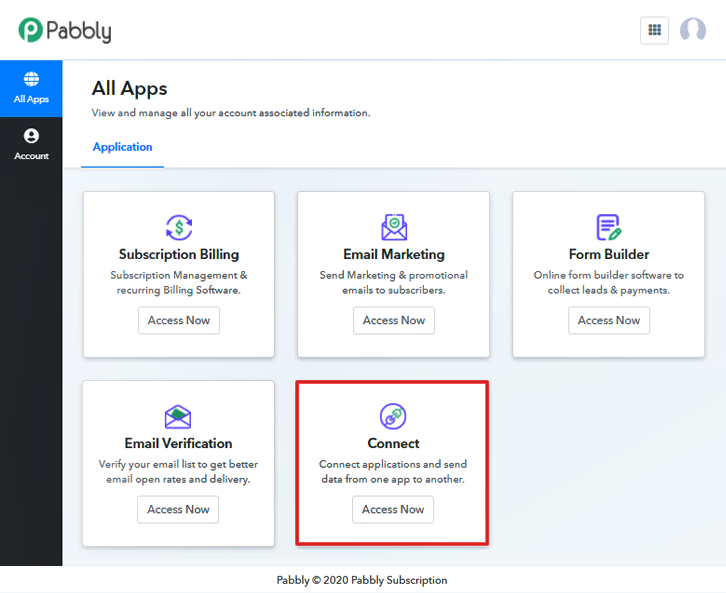
Step 3: Workflow for Google Sheet to GetResponse Integration
(a) Start with a New Workflow
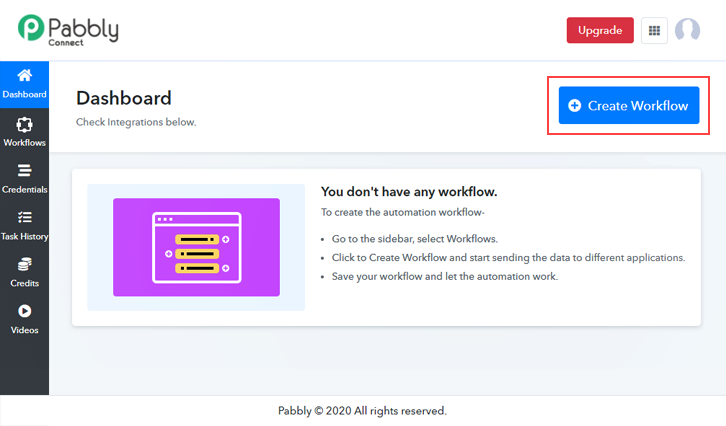
(b) Name the Workflow
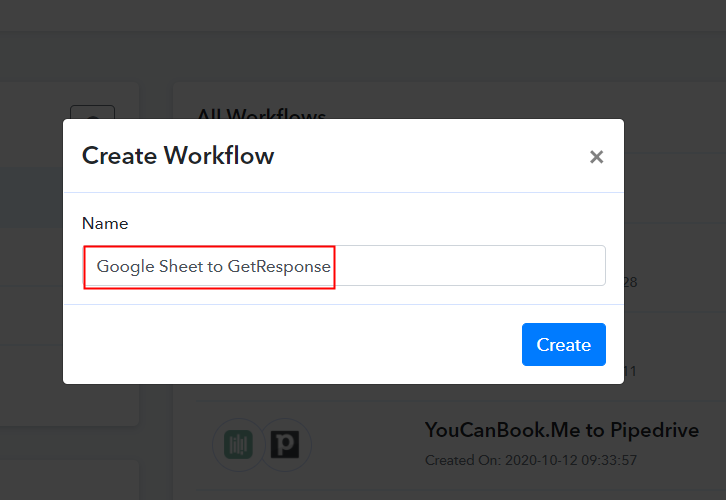
Step 4: Setting Trigger for Google Sheet to GetResponse Integration
(a) Select Application you Want to Integrate
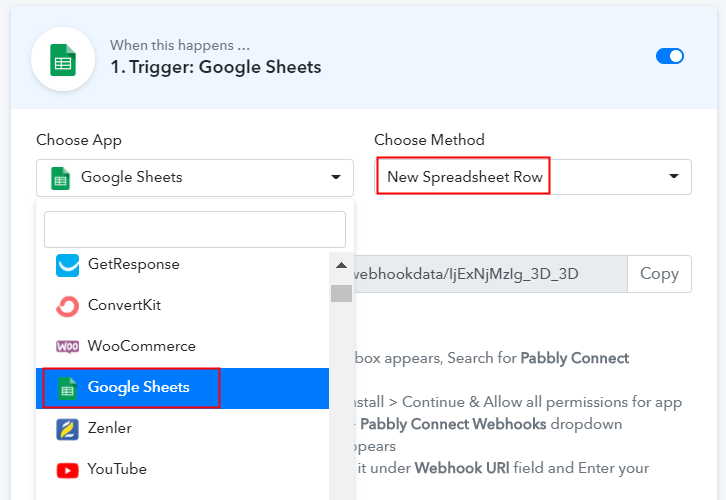
(b) Copy the Webhook URL
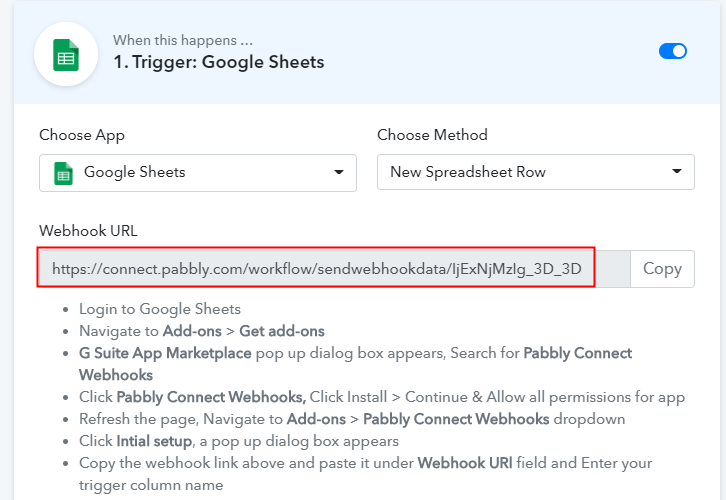
Step 5: Connecting Google Sheet with Pabbly Connect
(a) Create a Google Sheet
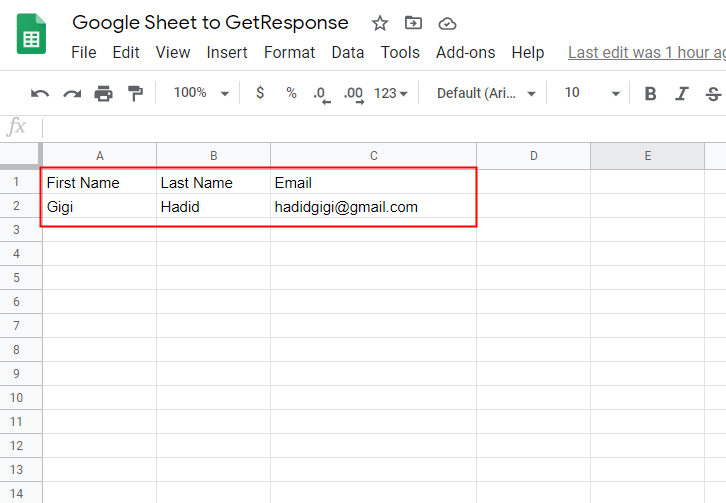
(b) Click on Add-ons
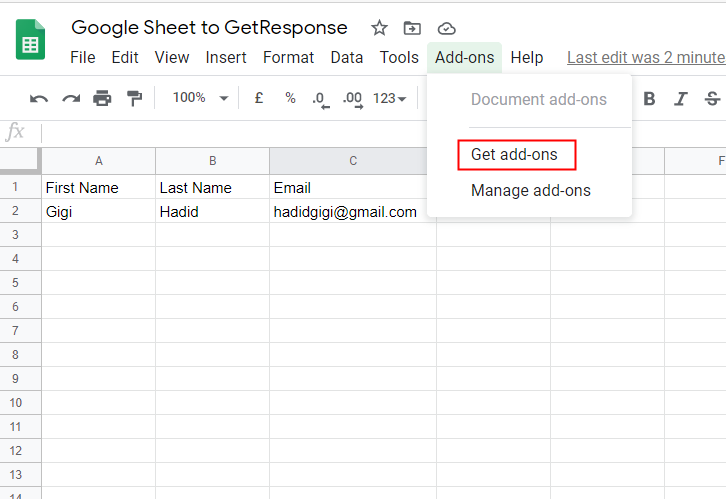
(c) Find Pabbly Connect in G Suite Market Place
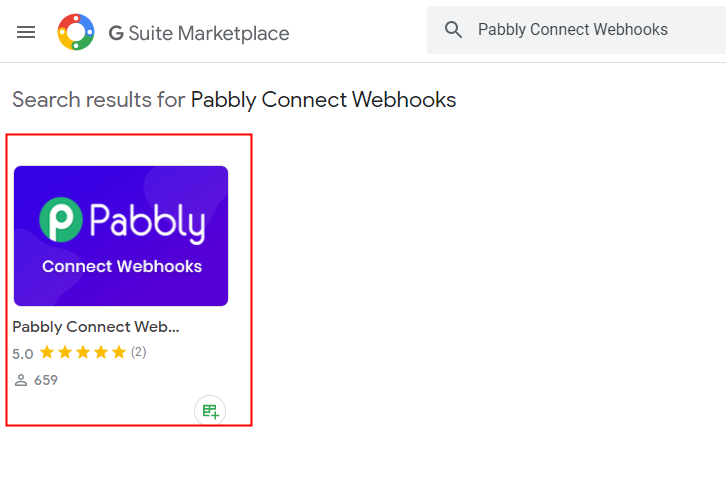
(d) Install Pabbly Connect
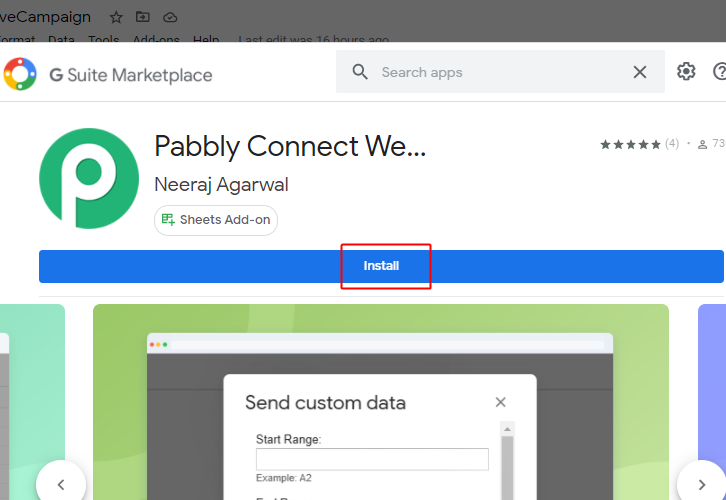
(e) Press Initial Setup in Google Sheets
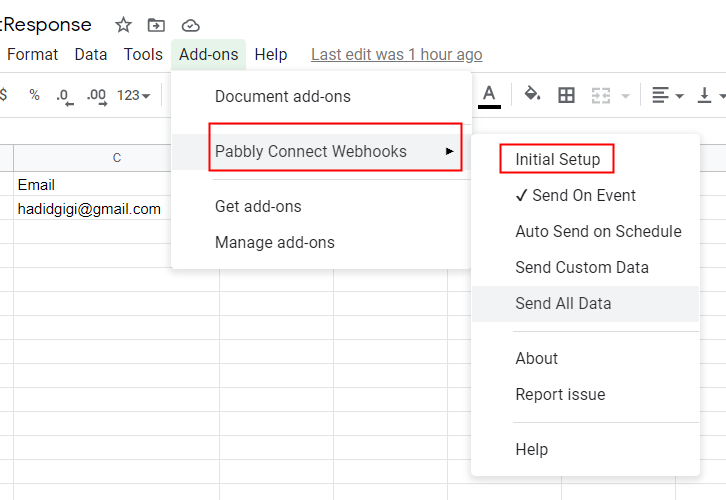
(f) Paste the Webhook URL
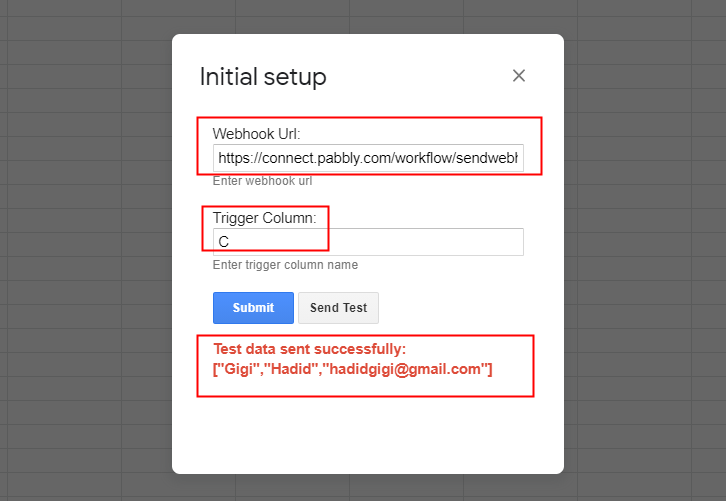
(g) Click Send On Event In Google Sheets
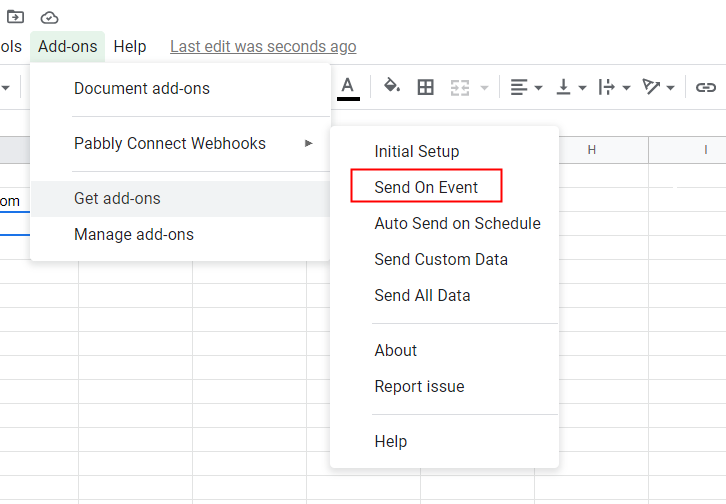
Step 6: Test the Response in Pabbly Connect Dashboard
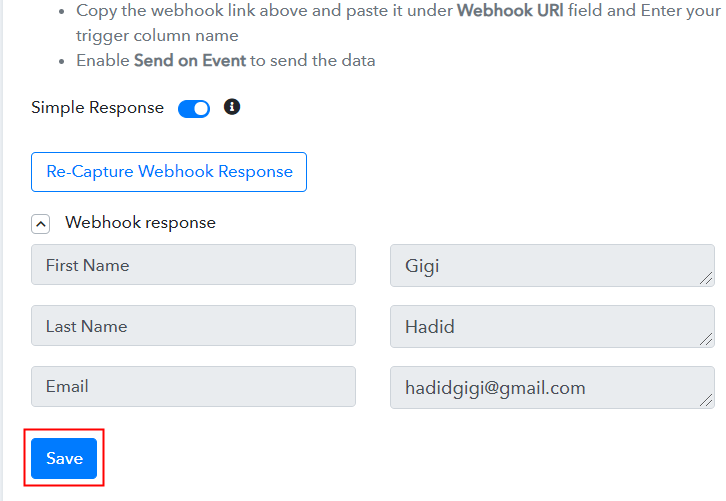
Step 7: Setting Action for Google Sheet & GetResponse Integration
(a) Select Application you Want to Integrate
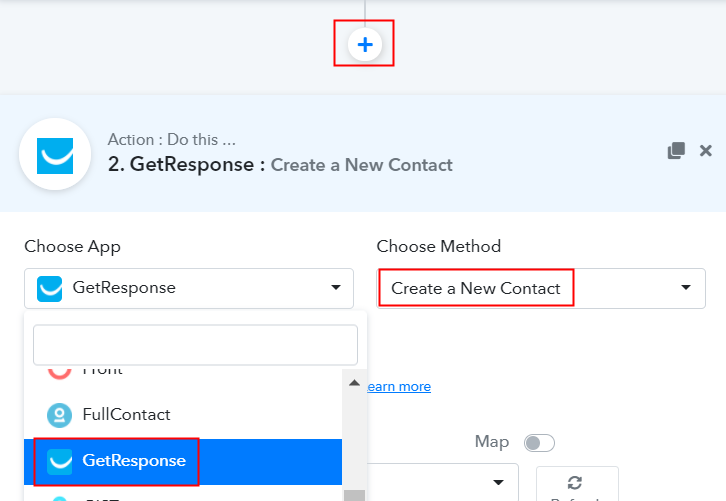
(b) Click the Connect Button
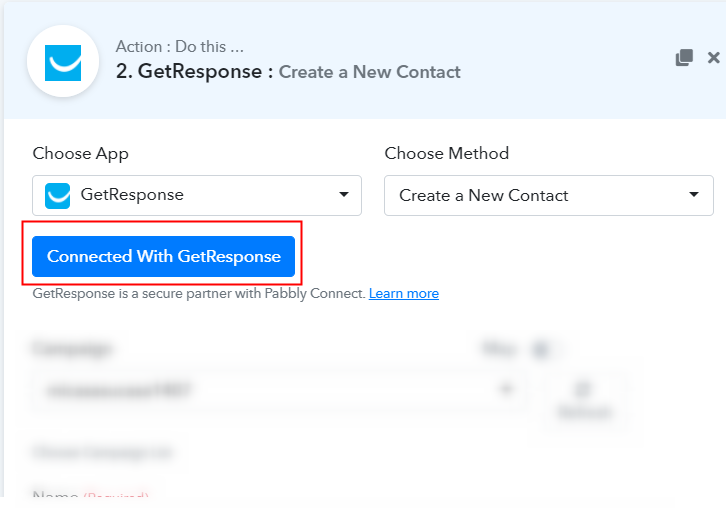
Step 8: Connecting GetResponse to Pabbly Connect
(a) Click on Menu Icon in GetResponse Dashboard

(b) Move to Integartion and API
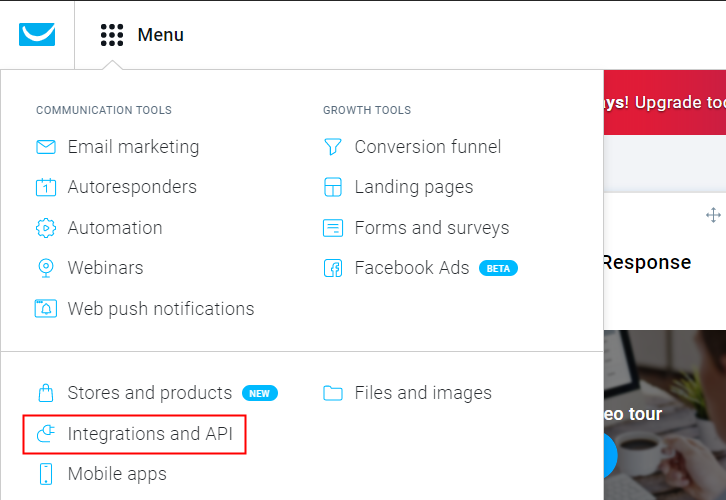
(c) Click on API Option
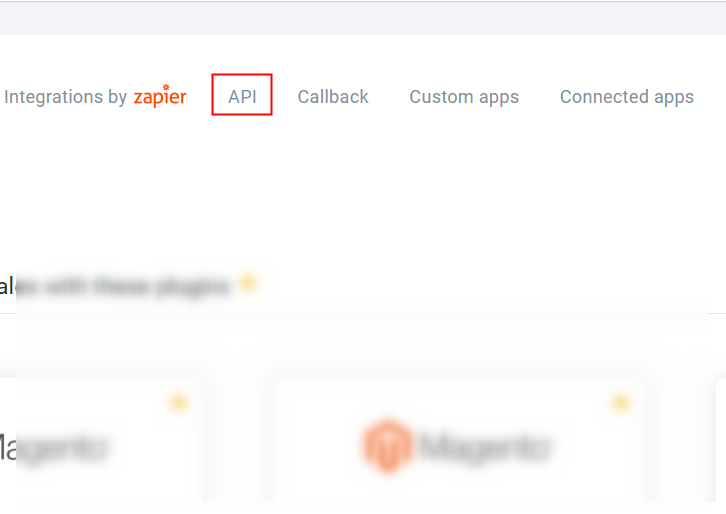
(d) Generate and Copy a API Key
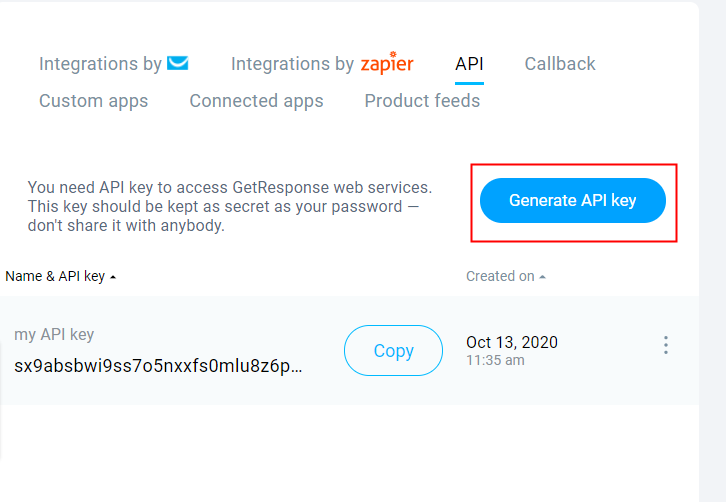
Step 9: Paste API Key in Pabbly Connect Dashboard
(a) Fill API Key
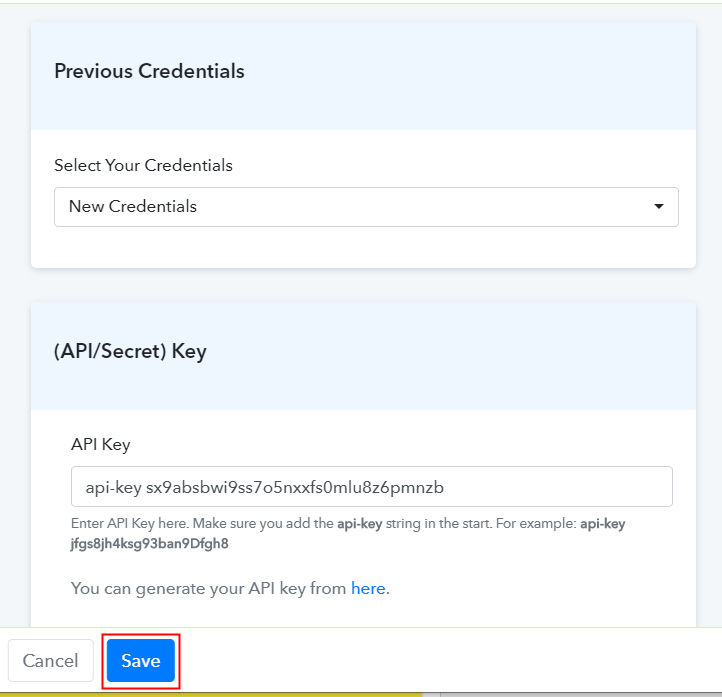
(b) Map Field Data
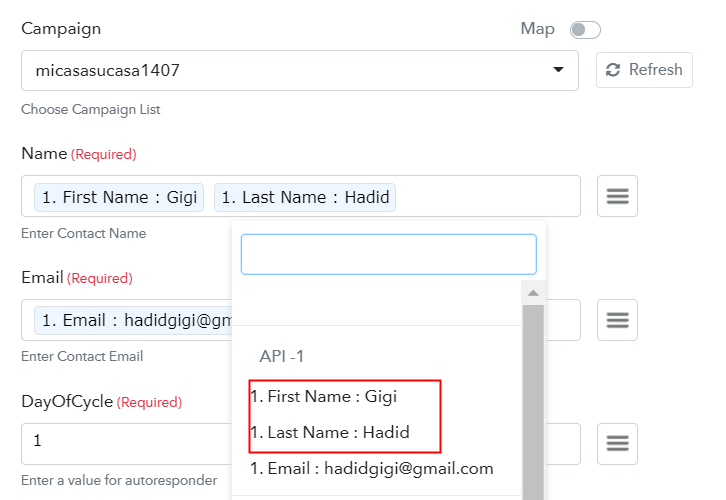
(c) Save and Send Test Request
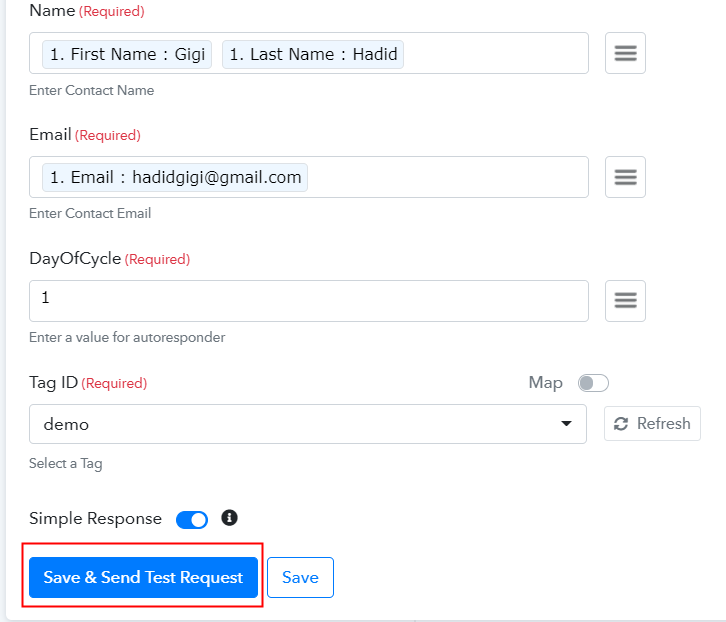
Step 10: Check Response in GetResponse Dashboard
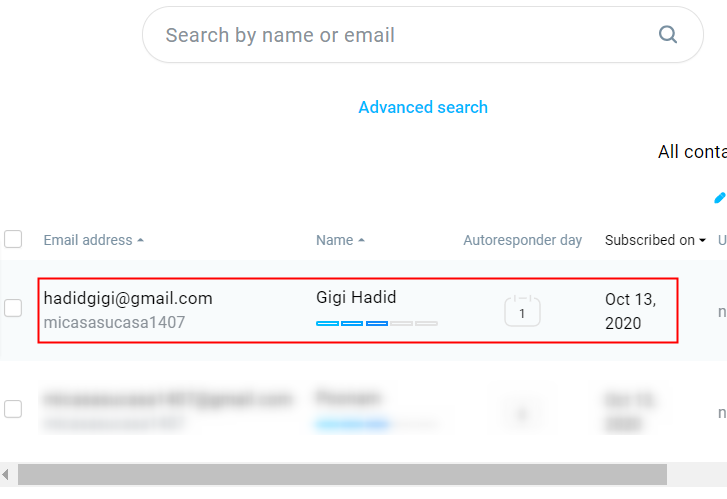
Conclusion –
You May Also Like To Read –
